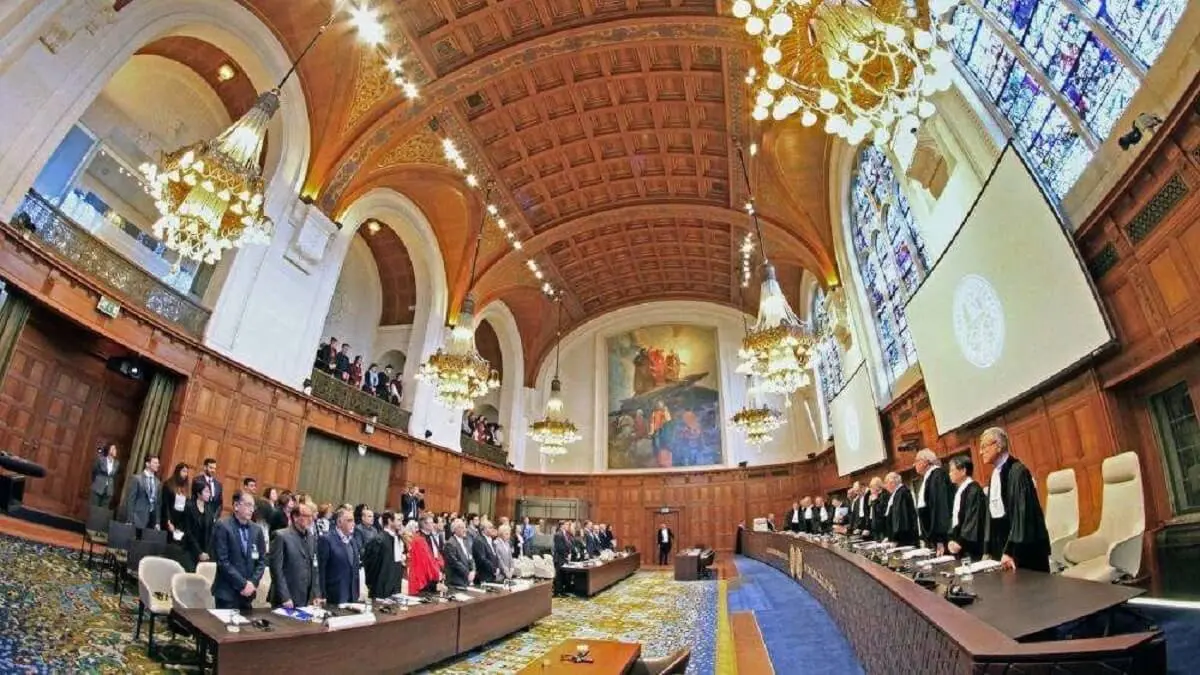The ordeal of The Hague

""The ordeal of The Hague" is the latest book by former president Ernesto Samper Pizano, published by Intermedio Editores. Its content is based on the question: who responds to the maritime dispute with Nicaragua? The first thing former President Samper says in the book is that the Minutes of the Foreign Relations Commission, which dealt with the boundary dispute with Nicaragua, should be published so that Colombians are aware of the criteria of the deliberations of each government, which led us down the wrong path in the defence of Colombia's interests in The Hague.
He argues that "since this is a fundamental episode in the defence of Colombian sovereignty, the best thing for history and the future handling of the dispute would be for each former president to assume his own responsibilities during his four-year term". In the book, he examines with the wisdom of an acute analyst the most relevant aspects of the errors in the handling of the dispute with Nicaragua and the Colombian defence in the Hague Court whereby we lost to Nicaragua 76,000,000 km2 of Caribbean Sea that belonged to Colombia.
He suggested ways forward for future negotiations with Nicaragua in order to protect the rights of the Raizal people. He explained that during his government, attempts had been made to negotiate directly with Nicaragua, but opposition and the propaganda in the Colombian press against direct negotiation of a new treaty with Nicaragua had prevented progress in this regard. He highlights the errors and contradictions of the governments of former presidents Andrés Pastrana and Álvaro Uribe in the discussions at the Hague Court, which led to such a humiliating legal and diplomatic defeat for Colombia.
In the Colombian position, the negotiators and defenders have shown a profound ignorance of the history of Colombia's territorial dominions in the Caribbean. Before 1803, Colombia had dominion over the Mosquito Coast from Cape Gracias a Dios to the San Juan River and over the archipelago of San Andrés and Providencia. The doctrine of "utti posidetis juris" of 1810, which was imposed at the end of Spanish colonialism in the former colonies in America to define the borders between the nascent states, ratified Colombian rights over those territories.
The Captaincy General of Guatemala and New Granada resolved the issue of the Mosquitia and the islands with the Molina-Gual border treaty of 15 March 1825, which ratified Colombian paternity over those territories.
Nicaragua invaded the Mangle Islands and the Mosquito Coast from 1890 to 1894, but Colombia's mistake was to allow Nicaragua to exercise sovereignty over those territories. In the Esguerra-Bárcenas treaty of 1928, Colombia handed over dominions to Nicaragua over territories that belonged to Colombians.
With the Esguerra-Bárcenas treaty, Colombia granted Nicaragua sovereignty over the Mosquitia coast from Cape Gracias a Dios to the San Juan River and over the islands of Mangles, Corn Island and Littie Corn Island. On the other hand, Nicaragua recognised Colombia's dominion over San Andrés, Providencia, Santa Catalina and the islets of Quitasueños, Roncador and Serranilla, which were Colombian territory. In 1980, when Nicaragua decided to declare the nullity and invalidity of that treaty, it was an opportunity to negotiate a new treaty based on Colombia's historical rights over the Nicaraguan Caribbean coast. Colombia's mistake, as former President Samper points out, was to negotiate a new boundary treaty directly with Nicaragua. Nicaragua's thesis was that, due to the US occupation at the time, the treaty signed with Colombia was an imposition by the United States. Therefore, a treaty signed under those circumstances was invalid. The first mistake made by the Foreign Minister of the government of former President Andrés Pastrana, Guillermo Fernández de Soto, who was both arrogant and historically ignorant, was to say that "there were neither conciliations nor renegations of the Esguerra-Bárcenas treaty, because it was signed and ratified in accordance with international law".
As former President Samper points out, the mistake made by the government of former President Pastrana was to oppose direct negotiations with Nicaragua, and it was this arrogance that led to Nicaragua's lawsuit before the Hague Court. Colombia could have negotiated with Managua because, between 1976 and 1993, it signed maritime delimitation treaties with Haiti, the Dominican Republic, Jamaica, Honduras, Costa Rica and Panama.
@j15mosquera


